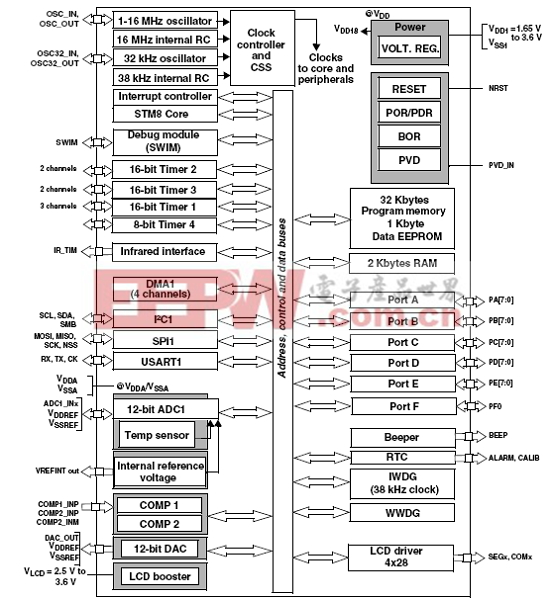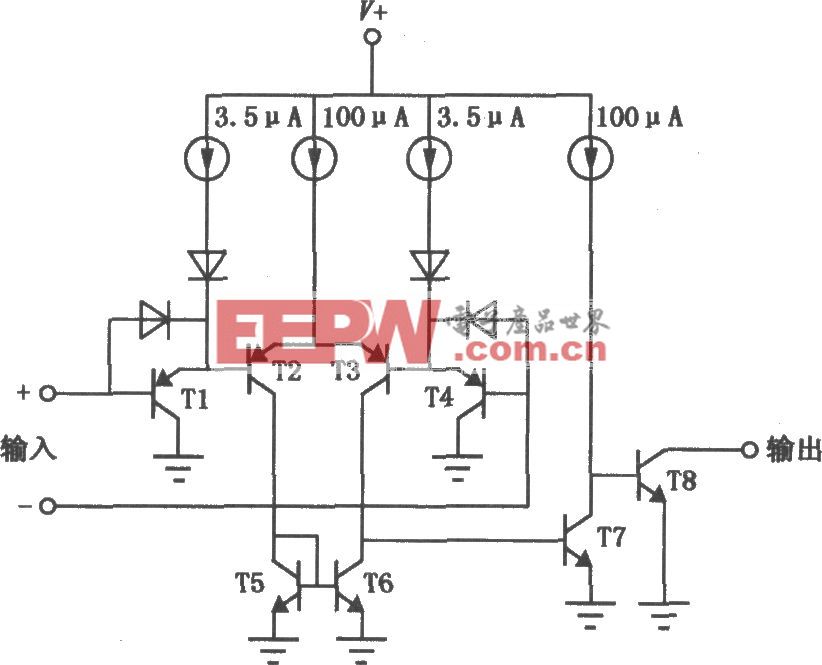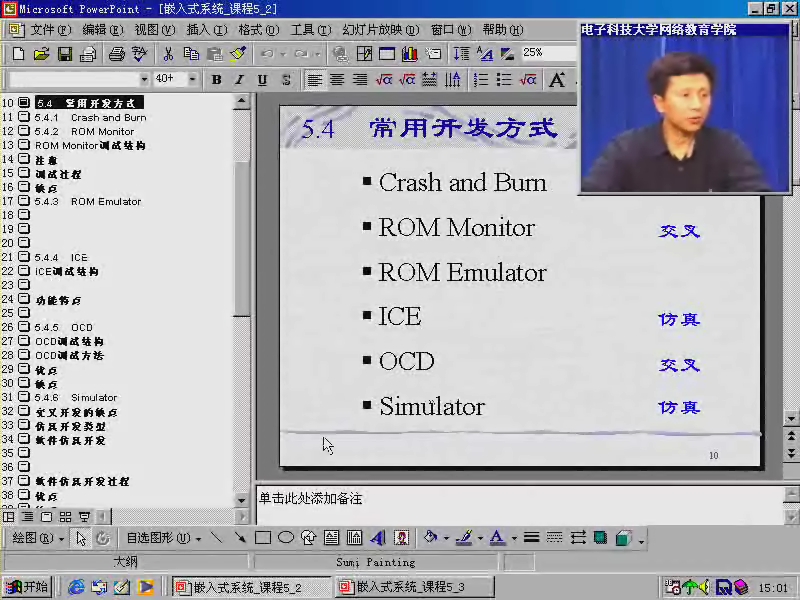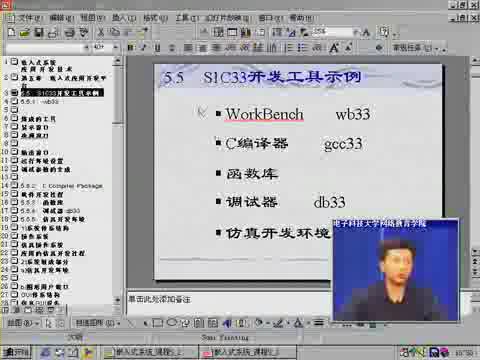基于STM8L15xxx設(shè)計(jì)的超低功耗8位MCU開(kāi)發(fā)方案
The STM8L15xxx devices are members of the STM8L Ultralow power 8-bit family. They are referred to as medium-density devices in the STM8L15xxx reference manual (RM0031) and in the STM8L Flash programming manual (PM0054). They provide the following benefits:
● Integrated system
C Up to 32 Kbytes of medium-density embedded Flash program memory
C 1 Kbyte of data EEPROM
C Internal high speed and low-power low speed RC.
C Embedded reset
● Ultralow power consumption
C 192 μA/MHZ (dynamic consumption)
C 1 μA in Active-halt mode
C Clock gated system and optimized power management
C Capability to execute from RAM for Low power wait mode and Low power run mode
● Advanced features
C Up to 16 MIPS at 16 MHz CPU clock frequency
C Direct memory access (DMA) for memory-to-memory or peripheral-to-memory access.
● Short development cycles
C Application scalability across a common family product architecture with compatible pinout, memory map and modular peripherals.
C Wide choice of development tools
The STM8L15xxx family operates from 1.8 V to 3.6 V (down to 1.65 V at power down) and is available in the -40 to +85℃ and -40 to +125℃ temperature ranges.
The STM8L15xxx Ultralow power family features the enhanced STM8 CPU core providing increased processing power (up to 16 MIPS at 16 MHz) while maintaining the advantages of a CISC architecture with improved code density, a 24-bit linear addressing space and an optimized architecture for low power operations.
The family includes an integrated debug module with a hardware interface (SWIM) which allows non-intrusive In-Application debugging and ultrafast Flash programming.All STM8L15xxx microcontrollers feature embedded data EEPROM and low power lowvoltage single-supply program Flash memory.
The STM8L15xxx family 8-bit microcontrollers incorporate an extensive range of enhanced I/Os and peripherals. All devices offer 12-bit ADC, DAC, two comparators, Real-time clock three 16-bit timers, one 8-bit timer as well as standard communication interface such as SPI, I2C and USART. A 4x28-segment LCD is available on the STM8L152xx line.
The modular design of the peripheral set allows the same peripherals to be found in different ST microcontroller families including 32-bit families. This makes any transition to a different family very easy, and simplified even more by the use of a common set of development tools.
These features make the STM8L15xxx microcontroller family suitable for a wide range of applications:
● Medical and handheld equipment
● Application control and user interface
● PC peripherals, gaming, GPS and sport equipment
● Alarm systems, wired and wireless sensors
STM8L15xxx 主要特性:
■ Operating conditions
C Operating power supply range 1.8 V to 3.6 V (down to 1.65 V at power down)
C Temperature range: - 40℃ to 85 or 125℃
■ Low power features
C 5 low power modes: Wait , Low power run (5.1 μA), Low power wait (3 μA), Active-halt with full RTC (1.3 μA), Halt (350 nA)
C Dynamic consumption: 195 μA/MHz+440μA
C Ultralow leakage per I/0: 50 nA
C Fast wakeup from Halt: 4.7 μs
■ Advanced STM8 core
C Harvard architecture and 3-stage pipeline
C Max freq. 16 MHz, 16 CISC MIPS peak
C Up to 40 external interrupt sources
■ Reset and supply management
C Low power, ultrasafe BOR reset with 5 selectable thresholds
C Ultralow power POR/PDR
C Programmable voltage detector (PVD)
■ Clock management
C 1 to 16 MHz crystal oscillator
C 32 kHz crystal oscillator
C Internal 16 MHz factory-trimmed RC
C Internal 38 kHz low consumption RC
C Clock security system
■ Low power RTC
C BCD calendar with alarm interrupt
C Auto-wakeup from Halt w/ periodic interrupt
■ LCD: up to 4x28 segments w/ step-up converter
■ Memories
C Up to 32 KB of Flash program memory and 1 Kbyte of data EEPROM with ECC, RWW
C Flexible write and read protection modes
C Up to 2 Kbytes of RAM
■ DMA
C 4 channels; supported peripherals: ADC,DAC, SPI, I2C, USART, timers
C 1 channel for memory-to-memory
■ 12-bit DAC with output buffer
■ 12-bit ADC up to 1 Msps/25 channels
C T. sensor and internal reference voltage
■ 2 Ultralow power comparators
C 1 with fixed threshold and 1 rail to rail
C Wakeup capability
■ Timers
C Two 16-bit timers with 2 channels (used as IC, OC, PWM), quadrature encoder
C One 16-bit advanced control timer with 3 channels, supporting motor control
C One 8-bit timer with 7-bit prescaler
C 2 watchdogs: 1 Window, 1 Independent
C Beeper timer with 1, 2 or 4 kHz frequencies
■ Communication interfaces
C Synchronous serial interface (SPI)
C Fast I2C 400 kHz SMBus and PMBus
C USART (ISO 7816 interface and IrDA)
■ Up to 41 I/Os, all mappable on interrupt vectors
■ Up to 16 capacitive sensing channels with free firmware
■ Development support
C Fast on-chip programming and non intrusive debugging with SWIM
C Bootloader using USART
■ 96-bit unique ID














評(píng)論